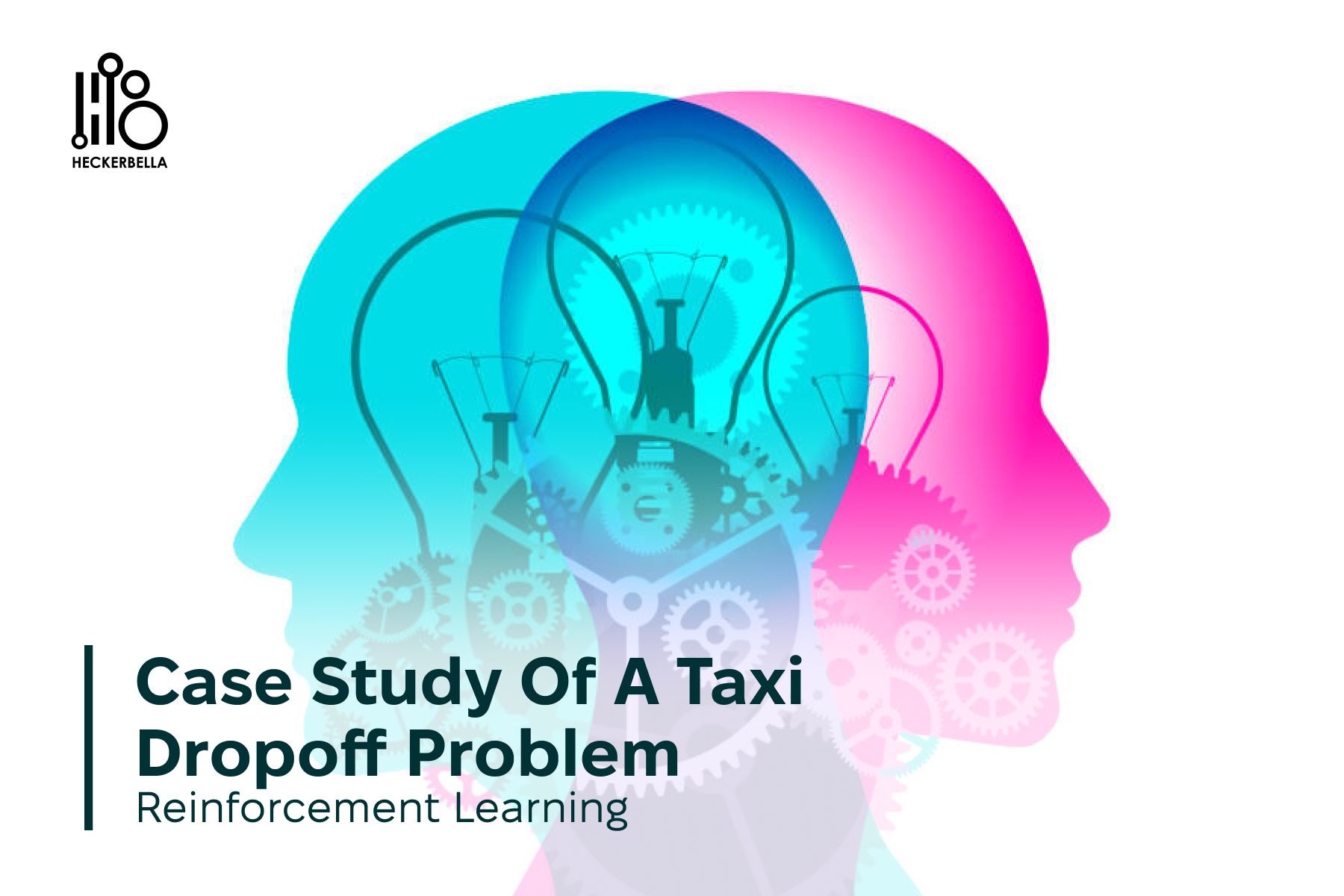Case study of Taxi Drop off problem (Reinforcement Learning)

In our increasingly digitized world, navigation apps have become indispensable tools. However, even with advanced GPS technology, these apps can sometimes lead us astray, suggesting inefficient routes or misguiding us entirely. Such shortcomings highlight the need for intelligent systems that can learn and adapt to dynamic urban environments.
This article explores the “Taxi Drop-Off Problem” as a case study to demonstrate how reinforcement learning can address these challenges. By training an agent (in this case, a virtual taxi) to navigate a simulated city, we can develop more efficient and reliable navigation systems.
Understanding the Taxi Drop-Off Problem
Imagine a virtual taxi driver trying to navigate a city to pick up and drop off passengers. The driver must consider traffic conditions, road closures, and passenger locations to find the most efficient route. This is a complex problem that can be addressed using reinforcement learning.
The Role of Reinforcement Learning
Reinforcement learning is a type of machine learning that allows agents to learn through trial and error. In the case of the taxi driver, the agent is the taxi itself. The environment is the city, and the actions are the movements the taxi can make (e.g., turning left, turning right, going straight).
The taxi receives rewards for completing tasks successfully (e.g., dropping off passengers at their destinations) and penalties for mistakes (e.g., getting stuck in traffic or taking inefficient routes). Over time, the taxi learns to optimize its routes and avoid obstacles.
Challenges and Solutions
Solving the Taxi Drop-Off Problem is not without its challenges. The agent must learn to balance exploration (trying new routes) and exploitation (sticking to routes that have worked well in the past). Additionally, the curse of dimensionality can make it difficult for the agent to learn effectively in complex environments with many possible states and actions.
To address these challenges, researchers have developed techniques such as deep reinforcement learning and transfer learning. These techniques allow agents to learn from large amounts of data and transfer knowledge from one task to another.
The Future of Navigation
The Taxi Drop-Off Problem is just one example of how reinforcement learning can be applied to real-world problems. As AI technology continues to advance, we can expect to see even more sophisticated navigation systems that can adapt to dynamic environments and provide optimal routes for users.
The above problem is an example of a reinforcement learning problem and solution, you can find the notebook for the project here.
Reinforcement learning offers a promising solution to the challenges faced by traditional navigation systems. By training agents to learn and adapt, we can develop more efficient and reliable navigation solutions that benefit both drivers and passengers. As the field of AI continues to evolve, we can look forward to even more innovative applications of reinforcement learning in the years to come.




